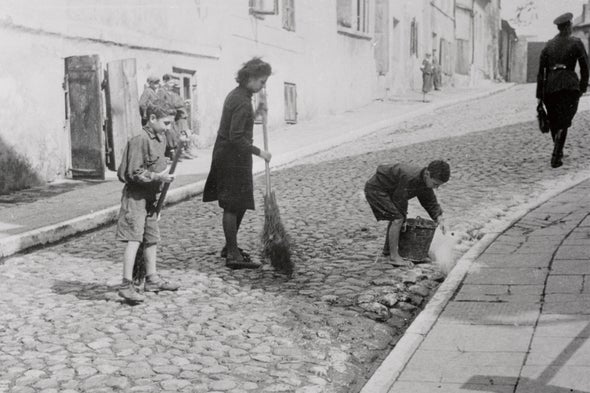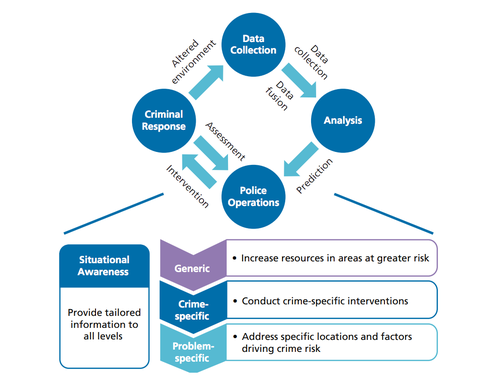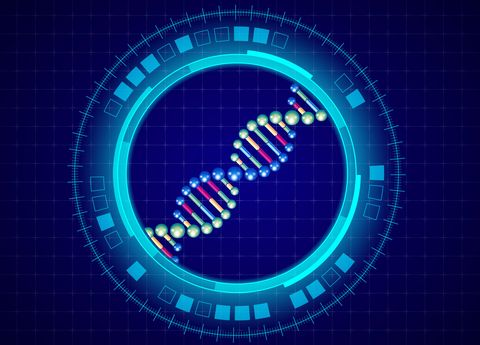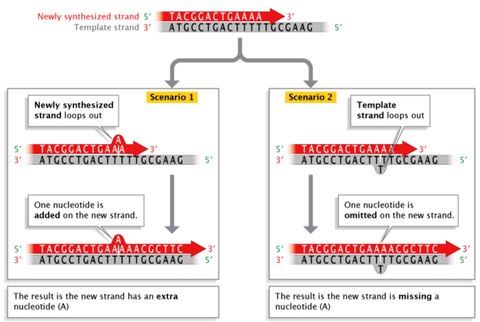DOMESTICATION TRANSMUTATION INTO DOGS
Foxes Started Eating Human Food Remains as Early as 42,000 Years Ago
A team of scientists from the University of Tübingen has studied the diet of Arctic foxes (Vulpes lagopus) and red foxes (Vulpes vulpes) that lived during the Paleolithic period in southwestern Germany.
Foxes love leftovers. In the wild, they regularly feed on scraps left behind by larger predators like bears and wolves, but the closer foxes live to human civilization, the more of their diet is made up of foods that humans leave behind.
University of Tübingen researcher Chris Baumann and colleagues hypothesized that if this commensal relationship goes back to ancient times, then foxes might be useful indicators of human impact in the past.
They compared ratios of carbon and nitrogen isotopes between the remains of various herbivores, large carnivores, and red and Arctic foxes from several Paleolithic archaeological sites in the Ach Valley (Hohle Fels, Geißenklösterle and Sirgenstein) and the Lone Valley (Bockstein, Hohlenstein-Stadel and Vogelherd) in Germany.
At sites older than 42,000 years, when Neanderthals sparsely occupied the region, fox diets were similar to their local large carnivores.
“In this study, we were seeking to discover whether human hunting activity may have provided advantages for some animal species,” Baumann said.
“Originally, the main food source for red and Arctic foxes was small mammals, which the foxes hunted. That was the case in the Middle Paleolithic, more than 42,000 years ago.”
“In southwestern Germany that was the time of the Neanderthals and the Swabian Jura was only sparsely populated.”
But in the younger sites, as Homo sapiens became common in the area, foxes developed a more unique diet consisting largely of reindeer, which are too big for foxes to hunt but which are known to have been important game for ancient humans of the time.
The results suggest that during the Upper Paleolithic, these foxes made a shift from feeding on scraps left by local large predators to eating food left behind by humans. This indicates that foxes’ reliance on human food goes back a good 42,000 years.
Summary figure for the commensal fox hypothesis.
Image credit: Baumann et al, doi: 10.1371/journal.pone.0235692
“The isotopic data from the fox bones indicate that the composition of several animals’ diets changed,” said University of Tübingen’s Professor Hervé Bocherens, co-author on the study.
“We assume that these foxes now lived mainly on meat waste left behind by humans, or perhaps were even fed by them.”
“The data showed the meat was from large animals that the foxes could not bring down — such as mammoth and reindeer.”
“The humans dragged the whole reindeer into their caves. But the huge mammoths were butchered in the place they were killed.”
The team proposes that, with further studies investigating this fox-human relationship, ancient fox diets may be useful indicators of human impact on ecosystems over time.
“Dietary reconstructions of Ice Age foxes have shown that early modern humans had an influence on the local ecosystem as early as 40,000 years ago,” the authors said.
“The more humans populated a particular region, the more the foxes adapted to them.”
The findings were published online in the journal PLoS ONE.
_____
C. Baumann et al. 2020. Fox dietary ecology as a tracer of human impact on Pleistocene ecosystems. PLoS ONE 15 (7): e0235692; doi: 10.1371/journal.pone.0235692
I HAVE POSTULATED BEFORE THAT SOME SPECIES OF DOGS ORIGINATED BY BREEDING FOXES WITH ANOTHER CANID, IN PARTICULAR WITH THE ORIGIN OF THE DOG BREED SCHIPPERKE
IF FOXES WERE EATING OUR GARBAGE, LIKE WOLVES WERE THEN THEN THEY WOULD BE EQUALLY CONSIDERED FOR BREEDING DOGS.
THIS IS OF COURSE HERESY, AND BEING A HERESIOLOGIST I KNOW IT IS, BECAUSE ORTHODOX BELIEF IS THAT ONLY WOLF CANIDS CREATED DOGS.
A RUSSIAN EXPERIMENT IN SIBERIA OVER FORTY YEARS HAS PROVEN THE FOX INTO DOG HYPOTHESIS TO BE A VALID BIOLOGICAL THEORY.
OF COURSE THE OTHER HERETIC THAT BELIEVES IT IS ALSO AN ANARCHIST BIOLOGIST AND BIOGRAPHER OF KROPOTKIN; LEE DUGIN
AND HE HAS WRITTEN AN ACCOUNT OF THIS ONGOING EXPERIMENT AS WELL AS HAVING BECOME INVOLVED WITH IT IN ORDER TO WRITE THIS ACCOUNT.
THIS IS OF COURSE HERESY, AND BEING A HERESIOLOGIST I KNOW IT IS, BECAUSE ORTHODOX BELIEF IS THAT ONLY WOLF CANIDS CREATED DOGS.
A RUSSIAN EXPERIMENT IN SIBERIA OVER FORTY YEARS HAS PROVEN THE FOX INTO DOG HYPOTHESIS TO BE A VALID BIOLOGICAL THEORY.
OF COURSE THE OTHER HERETIC THAT BELIEVES IT IS ALSO AN ANARCHIST BIOLOGIST AND BIOGRAPHER OF KROPOTKIN; LEE DUGIN
AND HE HAS WRITTEN AN ACCOUNT OF THIS ONGOING EXPERIMENT AS WELL AS HAVING BECOME INVOLVED WITH IT IN ORDER TO WRITE THIS ACCOUNT.




















